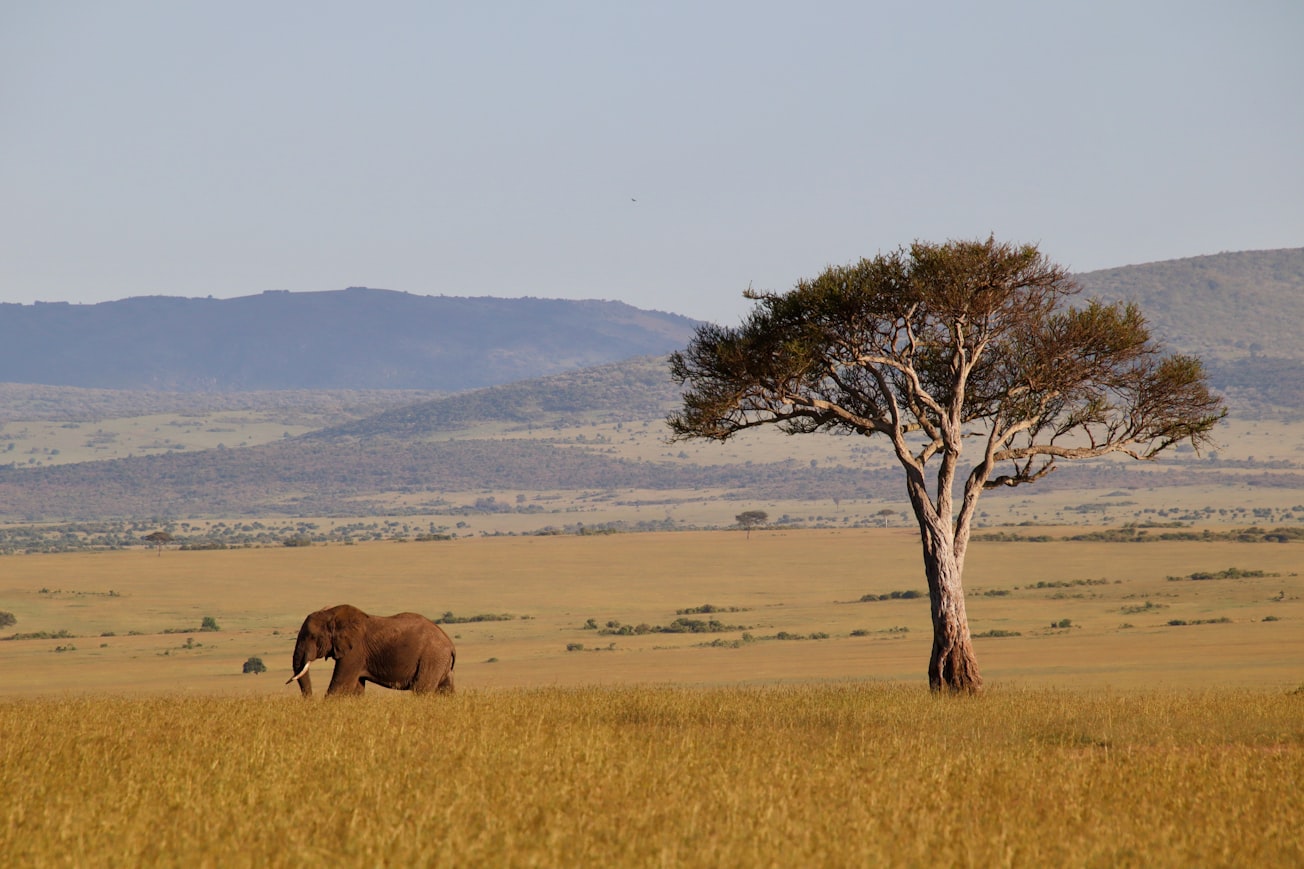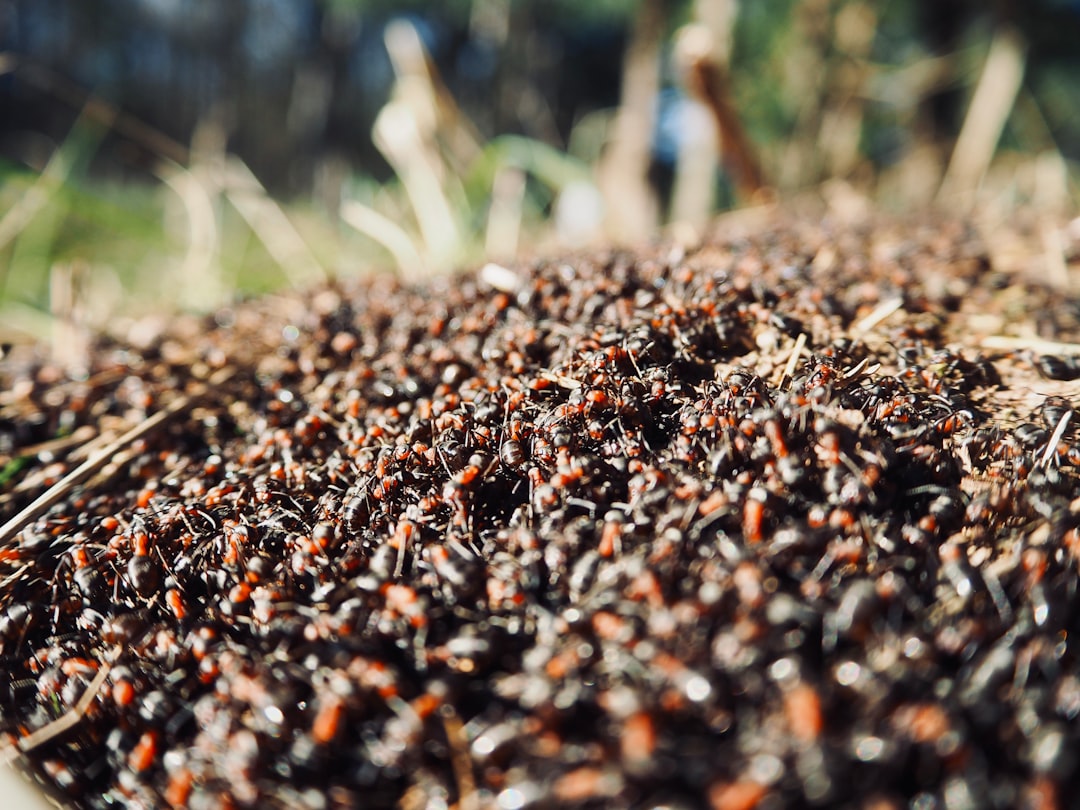What is it about?
Across our rapidly changing world, invasive species are spreading, wiping out native species, and disrupting the key processes of ecosystems. We present a case study from the "black cotton" savanna (a grassland-forest) in East Africa where an invasive ant has drastically reduced the photosynthesis (the capture of light energy from the sun into sugar molecules) of the whistling acacia, one of the most productive and common trees in the habitat. The invasive "big-headed ant" has steadily marched into new areas for about 20 years and exterminated native ant species that usually help whistling acacias to fend off elephants and to survive in a landscape with many large herbivores. Invaded, unprotected acacias suffer more damage year-over-year than their non-invaded counterparts, and eventually produce leaves that are worse at photosynthesis, and also produce fewer leaves overall.
Featured Image

Photo by Dennis Groom on Unsplash
Why is it important?
This paper explores likely explanations for why this photosynthesis decline is occurring at the physiological level, explains how the loss of these trees will negatively affect many savanna wildlife, and predicts that biological invasions may worsen climate change by causing other plant communities to reduce photosynthesis (and thereby capture less carbon dioxide, a key greenhouse gas, from the atmosphere). This paper is unique in that it was the first to find a connection between invasive animals and changes in tree photosynthesis, and raises the alarm that we must work quickly to determine if similar cases are occurring elsewhere due to invasions by ants or other insects, which have invaded virtually every ecosystem.
Perspectives
Leading this study was the highlight of my graduate school research. If you do a little quick math regarding the methods, you'll find that we gathered hundreds of photosynthesis estimates by delicately reaching a 5-pound sensor into a tree canopy covered in 2-inch-long thorns... and about half the trees had angry swarming ants living in them. They're very good at seeking out and gnawing on the most tender parts of your body. Try to hold still long enough to get your measurement while that's going on! But more seriously, I hope this study showcases how important this type of remote biological research is for broadening our understanding of our swiftly changing planet. The unintended consequences of human activity are now colliding in our natural ecosystems, and we need more people keeping a lookout for these alarming problems and pursuing creative solutions to stabilize this ship (and resources to support those people).
Patrick Milligan
Read the Original
This page is a summary of: Mutualism disruption by an invasive ant reduces carbon fixation for a foundational East African ant‐plant, Ecology Letters, March 2021, Wiley,
DOI: 10.1111/ele.13725.
You can read the full text:
Contributors
The following have contributed to this page










